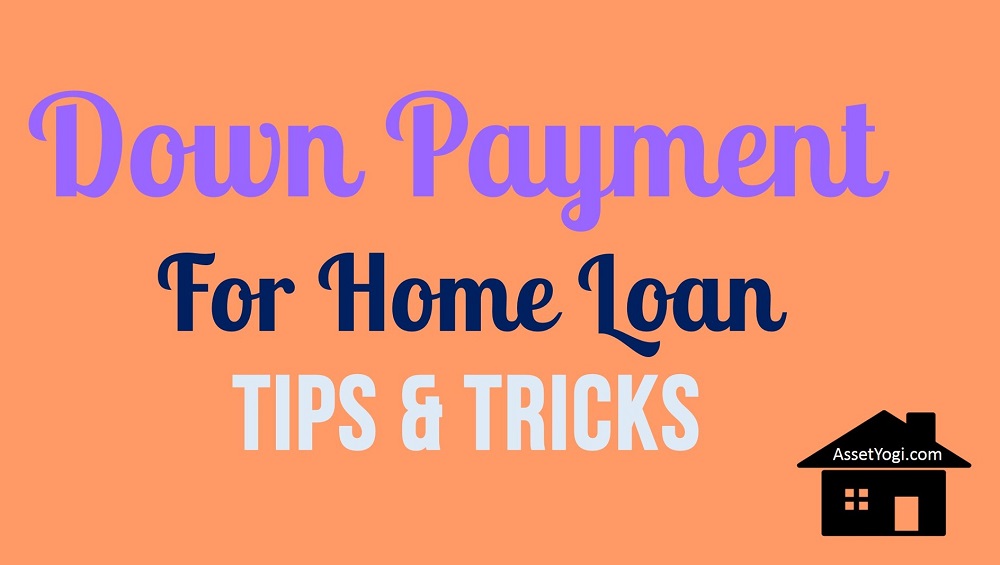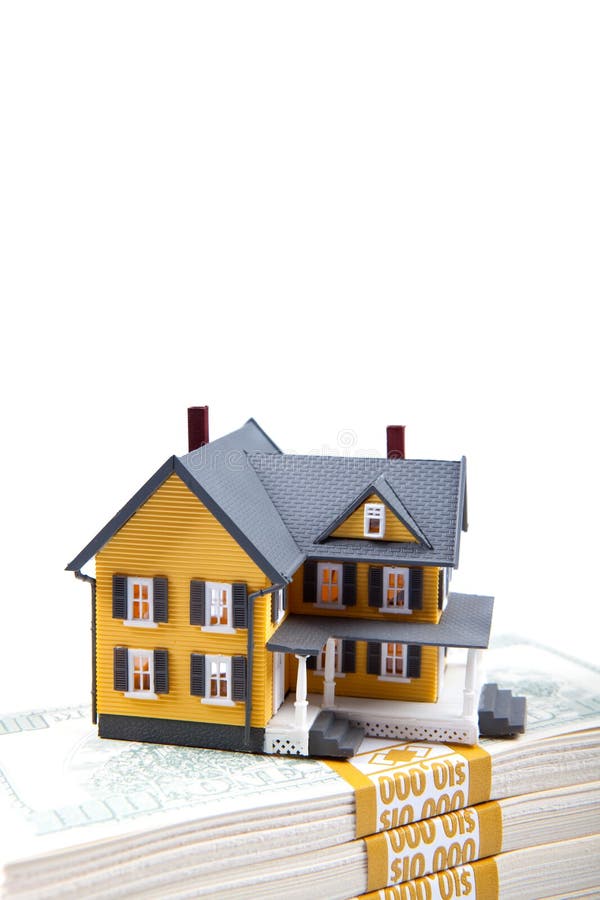
Buying a home gives you equity in a long-term investment, but not all buyers can afford costly down payments and closing costs. It's also possible to buy a home with no money down — typically through an alternative lender, like a credit union, or with government-backed mortgages like USDA and VA loans. To help homebuyers who don't have enough, government agencies and private lenders have down-payment assistance programs.
Other Products & Services:
For a conventional home loan that’s not backed by the government, the minimum down payment for most borrowers is 3%. Some borrowers might be required to put down more than that amount, depending on the loan size and other parameters. But for the most part, the minimum investment comes to 3% of the purchase price. Down Payment Assistance Programs—Local county or city governments, local housing authorities, and charitable foundations sometimes provide grants to first-time home-buyers. Down payment assistance is usually only reserved for need-based applicants purchasing a primary residence. Grants can come in the form of money applied to a down payment or an interest-free loan meant to supplement a main mortgage.
Most Affordable Big Cities in America
The higher down payments tend to be concentrated in higher-cost states like California, Hawaii, Massachusetts and Washington. You won’t get a zero-down conventional loan, but you can get a zero-down government-backed loan. Homes that only need a few minor repairs can be a bargain for new buyers. If you anticipate making significant repairs, the larger your down payment, the less money you’ll have to spend on repairs and maintenance. The interest rate is a percentage of the original loan amount that a lender charges you each month for borrowing money.
Mortgage tips
PMI will compensate the lender if the borrower defaults on the loan. In most cases, borrowers pay for PMI as a monthly premium that is added to their mortgage payment. Whether you choose to work with a financial advisor and develop a financial strategy or invest online, J.P. Morgan offers investment education, expertise and a range of tools to help you reach your goals.

Also, let's say that property taxes and insurance on your home cost $550 a month combined. If your take-home pay comes to $8,000, it'll leave you spending 33% of your income on housing, which is a notch above where you'd ideally want to be. That puts you just under the 30% mark for a monthly take-home pay of $8,000. You can run the numbers for your situation using a mortgage calculator. As a general rule, your housing costs, including your mortgage, property taxes, homeowners association fees (if applicable), and homeowners insurance, should not exceed 30% of your take-home pay.
How Much Is A Down Payment On A House? - Bankrate.com
How Much Is A Down Payment On A House?.
Posted: Tue, 09 Apr 2024 07:00:00 GMT [source]
Review your current budget to determine how much you can afford, and how much you want to spend. Ask your lender about their requirements for how much of your pre-tax income you should spend on housing payments and other debts. While many people still believe it's necessary to put down 20% when buying a home, that isn't always the case. In fact, lower down payment programs are making homeownership more affordable for new home buyers.
financing a homePromissory note in real estate, explained
Consult with your loan officer to get a better idea of what requirements apply to you. Many homebuyers, especially first-time buyers, don’t have a 20% down payment. In February 2023, the median existing-home price was $363,000, so an upfront payment of 20% is a hefty $72,600.

She also has an editing background and has hosted personal finance podcasts. Making a smaller down payment also has its benefits, the most obvious being a smaller amount due at closing. If the home price and amount of upfront cash available are known, use the calculator below to calculate an estimate for a down payment percentage.
When your mortgage lender gives you a loan, they’re investing in you. And as you likely know, all investments come with some degree of risk. A lender’s risk is that a borrower may stop making mortgage payments, and they won’t recover the money they loaned.
Bear in mind that the down payment is just one of many home-related expenses. You may want to budget up to 1% of the home’s value for annual maintenance costs. Plus insurance, taxes, and homeowners association fees, if there are any, can also add significantly to the monthly cost of owning a home.
PMI protects the lender if the buyer stops making payments on the loan. Borrowers can request the lender drop the PMI requirement once the equity in the home reaches 20%. A down payment on a house is the money a buyer pays upfront to complete the real estate transaction.
FHA-insured loans require a down payment of some kind, although you can apply grants and down payment assistance benefits to offset this cost. Some qualifying mortgage programs include an FHA 203(b) purchase loan and the FHA 203(k) rehab loan. Participating national banks and credit unions may also offer first-time home buyer grants. Depending on the program, you can use the funds for various purposes, such as covering your down payment, closing costs or necessary improvements and repairs. Some programs are only available to first-time home buyers while others require a minimum credit score. Be sure to check the requirements for any programs you’re interested in.
As you build wealth (including home equity) over time, you might have a little more to apply toward a down payment. Here’s what those median down payment percentages look like for a house that costs $250,000, about the median price for a home in Pittsburgh (according to Realtor.com). The average down payment varies widely by location, age group and whether someone has owned a house before. Let’s examine a few different sources of data to see how much money people are putting down on houses across the U.S. Many lenders recommend a DTI below 43%, but some programs allow a maximum of 50%. Additionally, having a good credit score of 670 or above helps you qualify for lower rates and fees, as lenders perceive less risk.


No comments:
Post a Comment